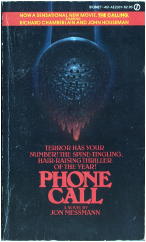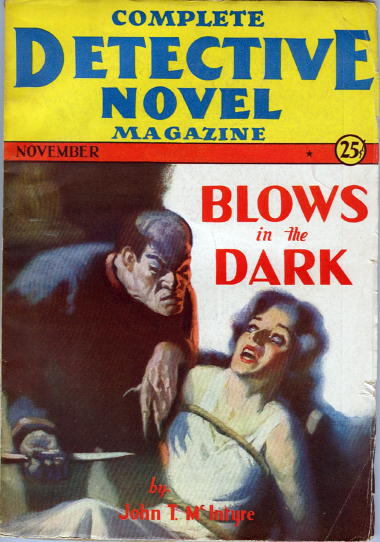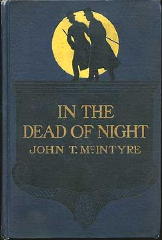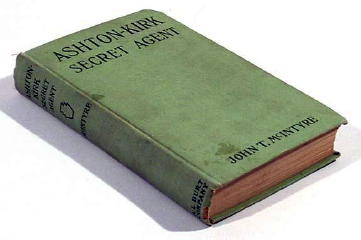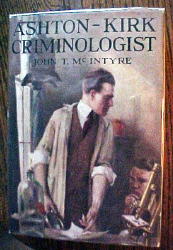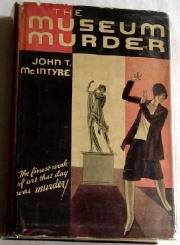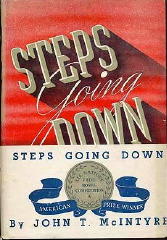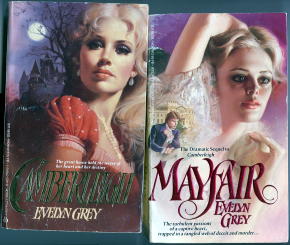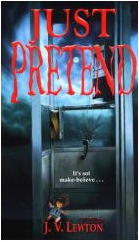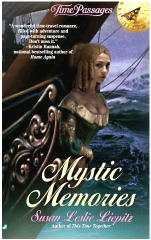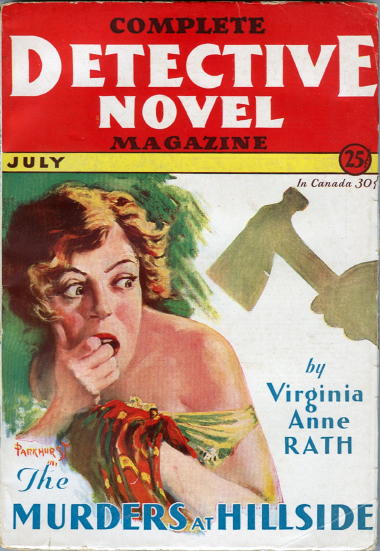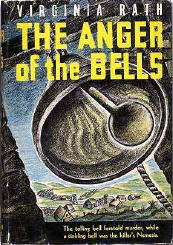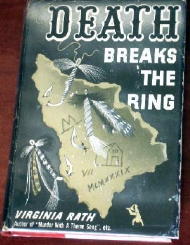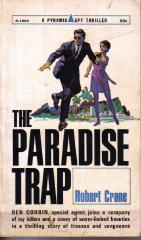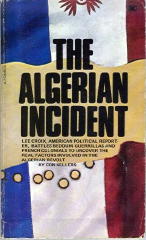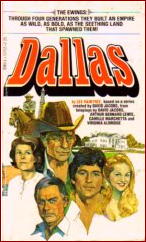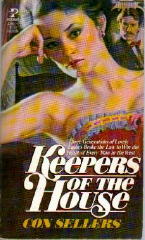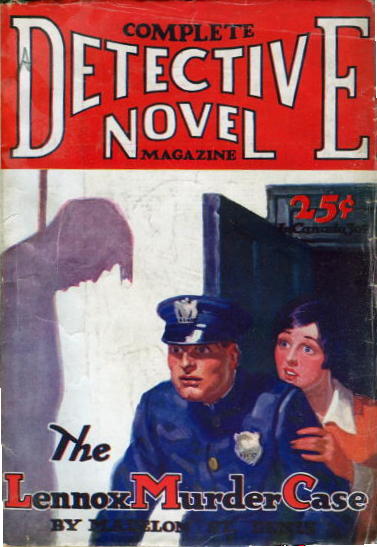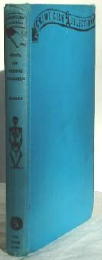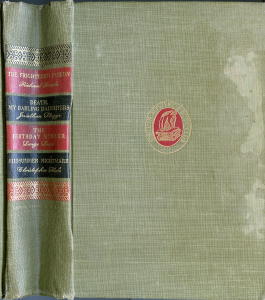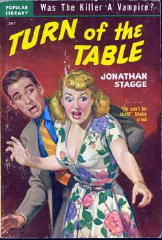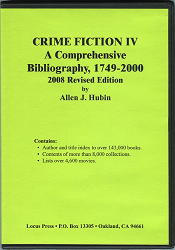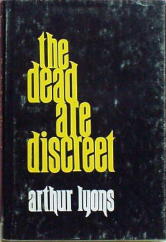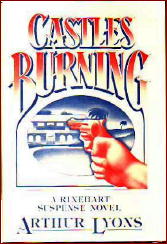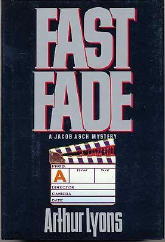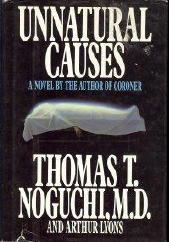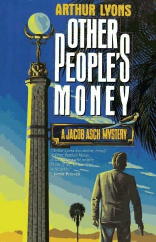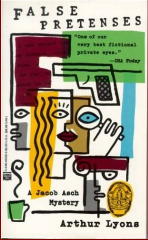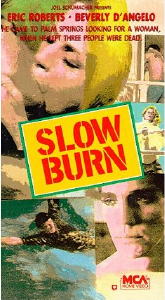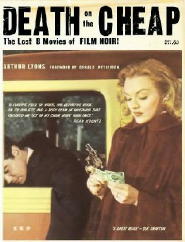Tue 22 Apr 2008
Addenda to CRIME FICTION IV – Misc. Authors from Part 26
Posted by Steve under Authors , Crime Fiction IV[7] Comments
More additions to the ongoing online Addenda to the Revised Crime Fiction IV, by Allen J. Hubin, all from the installment most recently uploaded, Part 26.
There’s not too much in common among these authors, save for one fact: most of these additions came from me, and all but the images in the Maz entry are covers of books in my collection.
And, oh yes, one more thing. The entry for writer Jon Messmann at the end has some unanswered questions within. If you know anything about Mr. Messmann, please add a comment or drop me a line.
ABEL, JOEL S. ca.1939- . Author of one crime novel included in the Revised Crime Fiction IV.
The Jonah Game. Curtis, pb, 1973. Add setting: Bermuda. Leading character: cardplayer Bart Dodge. “It was a dangerous brand of poker … with murder wild…”
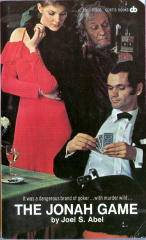
ADAM, EVELYN. 1941- . Add as a new author entry. Pseudonym: Dylan Meave, q.v.
BURLESON, CLYDE W. 1934- . After leaving the US Air Force, he was a founding partner and president of an advertising agency in Texas which became one of the largest in the Southwest. Author of 15 books, three of which have been the basis for documentary specials on cable TV. Two of the books are novels included in the Revised Crime Fiction IV; see below.
The Mexican Affair. Carlyle, pb, 1979. Setting: Mexico. [Christian Miles tries to learn how his best friend drowned in a Mexican scuba-diving accident.]
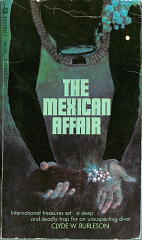
Operation: Evangeline. Carlyle, pb, 1979. Add setting: ship. [A US plan to raise a sunked Soviet sub may blast open the Cold War.]
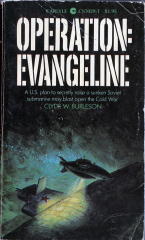
CRAGGS, JOHN. 1951- . Add as real name of John Mathewson, q.v., plus year of birth.
HACKER, SHYRLE (née PEDLAR). 1910-2000. Born in San Francisco; toured US as a dancer, 1929-34. Teacher & manager of Shyrle Dance Studio, Oakland CA, 1934-45. Award for best mystery novel from Franklin Watts, Inc., 1965, for juvenile mystery, The Mystery of the Swan Ballet. Author of one gothic novel included in the Revised Crime Fiction IV. See below.
Whispers in the Dark. Manor, pb, 1976. Add setting: Nevada. “Enid looked forward to seeing her brother again at Tamarac, her childhood home …”

MATHEWSON, JOHN. Add: pseudonym of John Craggs, 1951- , q.v. Author of one book included in the Revised Crime Fiction IV. See below.
Running Scared. Robert Hale, UK, hc, 1978. A thriller set in the New Forest of southern England: “A poacher is set up to take the blame for a gamekeepers murder but escapes and goes on the run.” [Add setting.]
MAZ. Pseudonym of Alfred Leonardus Mazure, 1914-1974, q.v. Dutch cartoonist, writer and filmmaker. One comic strip creation among others, Dick Bos, was a private detective with a love for martial arts. The books, only 3” x 4” in size, were very popular in the Netherlands. They were translated into several languages, and made into a number of movies. Also the author of three books cited in the Revised Crime Fiction IV, two marginally.
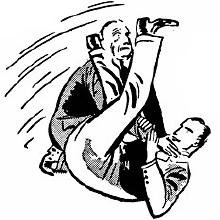
Cash on Destruction. Neville Spearman, UK, hc, 1962. Add setting: Berlin.
-Pigeon Parade. Neville Spearman, UK, hc, 1961.
-Priscilla Darling. Muller, UK, 1963, hc, 95pp. Subtitled: “Being the Adventures of a Young Girl in Search of Happiness,” the tale of a heroine who goes about the world adventuring “in various states of distress and undress.”
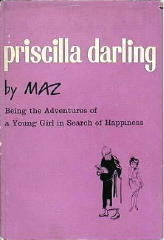
MAZURE, ALFRED LEONARDUS. 1914-1974. Pseudonym: Maz, q.v.
MEAVE, DYLAN. Pseudonym of Evelyn Adam, 1941- , q.v. Add as a new author entry.
Fatal Replay. Carlton Press, hc, 1987. “… a novel of mystery and suspense.”
MESSMANN, JON (J.?) 1920-2004. Pseudonyms: Claude Nicole & Claudette Nicole; house pseudonyms: Nick Carter & Paul Richards. Under his own name, the author of 18 crime and suspense novels cited in the Revised Crime Fiction IV, including seven about men’s adventure series hero Jefferson Boone, The Handyman, and six with Ben Martin, aka The Revenger. As a writer of adult westerns, Jon Messman is better known as Jon Sharpe, author of many of the early adventures of The Trailsman books, including the first one. [Note: He may also have been the [Eric] Jon Messmann who wrote comic book stories for Fawcett in the 1940s and early 1950s. Further investigation is underway.]
Phone Call. Signet, pb, 1979. Setting: New York City, NY. Confirm/add: novelization of film: Canadian Film, as Bells, 1982; also released as Murder by Phone (scw: Michael Butler, John Kent Harrison, Dennis Shryack; dir: Michael Anderson). “A device [is developed] whereby those answering a phone can be murdered.”
